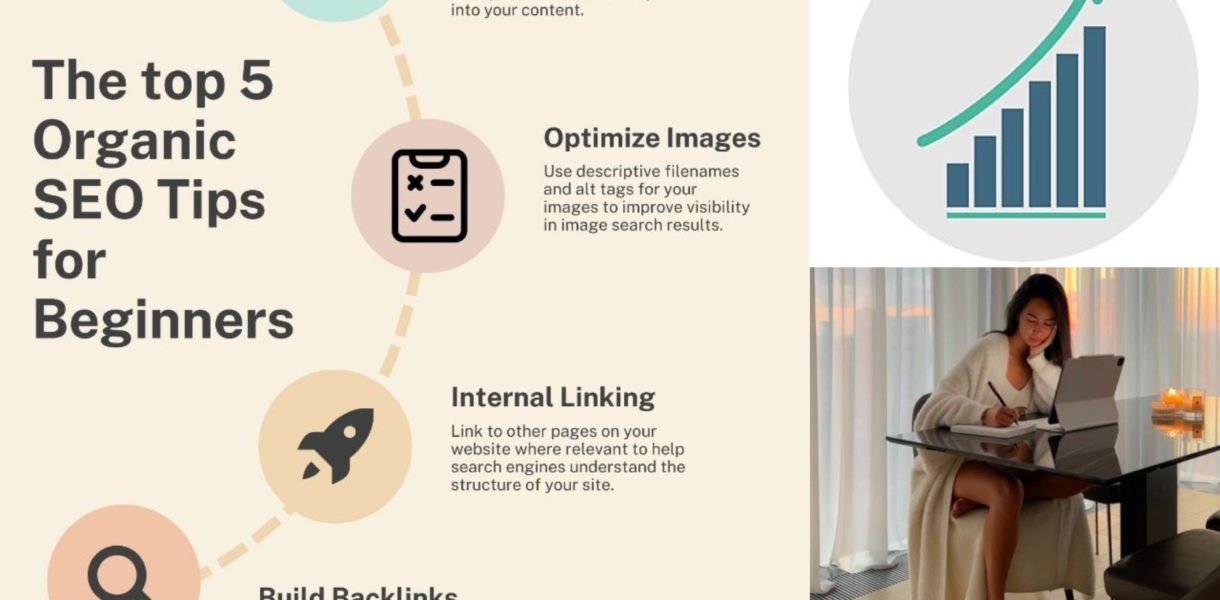How to Start Blogging: A Practical Guide to Launching Your Successful Blog
Blogging has evolved from a simple online diary to a powerful platform for sharing ideas, building communities, and even earning an income. If you’re eager to start your blogging journey but aren’t sure where to begin, this practical guide will walk you through every step of the process, from choosing your niche to launching and growing a successful blog.
1. Find Your Niche
The first step in starting a blog is identifying your niche. Your niche is the specific topic or category your blog will focus on. It’s essential to choose a niche that you’re passionate about and that has a potential audience. Consider what topics excite you, what you’re knowledgeable about, and what others might find valuable. Popular niches include lifestyle, fashion, travel, personal finance, health, and wellness, but you can carve out a space in virtually any field.
Tips for Choosing Your Niche:
- Make sure it aligns with your interests and expertise.
- Research the competition to see what’s already out there.
- Ensure there’s an audience interested in your topic.
- Think about the long-term sustainability of writing about this niche.
2. Choose a Blogging Platform and Domain Name
Once you’ve chosen your niche, the next step is to select a blogging platform. Popular options include WordPress.org (self-hosted), WordPress.com, Blogger, and Wix. For more control and the ability to monetize your blog, a self-hosted WordPress.org site is recommended.
Choosing a Domain Name:
Your domain name is your blog’s web address (e.g., www.yourblogname.com). It should be short, memorable, and relevant to your niche. Check if the name is available, and make sure it’s easy to spell and pronounce.
3. Set Up Hosting and Install WordPress
If you choose a self-hosted platform like WordPress.org, you’ll need to purchase hosting. Hosting is the service that stores your blog’s files and makes them accessible online. Some popular hosting providers include Bluehost, SiteGround, and HostGator. Once you’ve set up hosting, you can install WordPress with just a few clicks.
Steps to Set Up Hosting:
- Choose a hosting provider and sign up for a plan.
- Install WordPress from your hosting dashboard.
- Select a theme that reflects your brand and niche.
4. Design Your Blog
Your blog’s design is the first thing visitors will notice, so it’s important to make a good impression. Choose a clean, responsive theme that looks good on both desktop and mobile devices. Customize your blog’s colors, fonts, and layout to match your brand.
Design Tips:
- Keep it simple and user-friendly.
- Use high-quality images and graphics.
- Make sure your site is easy to navigate.
- Include an “About” page to introduce yourself and your blog’s purpose.
5. Create High-Quality Content
Content is the heart of your blog. Your posts should be informative, engaging, and valuable to your readers. Start by planning your content with a content calendar, which will help you stay organized and consistent.
Content Creation Tips:
- Write about topics that solve problems or answer questions for your audience.
- Use clear, concise language and avoid jargon.
- Break up text with headings, bullet points, and images.
- Optimize your posts for SEO by including relevant keywords and meta descriptions.
6. Promote Your Blog
Once your blog is live and you’ve started publishing content, it’s time to promote it. Promotion is key to attracting readers and growing your audience.
Promotion Strategies:
- Share your posts on social media platforms like Twitter, Instagram, and Facebook.
- Join blogging communities and participate in forums related to your niche.
- Engage with your audience by responding to comments and messages.
- Collaborate with other bloggers and influencers in your niche.
- Use email marketing to build a list of subscribers who will receive updates about your latest posts.
7. Monetize Your Blog
If you’re looking to turn your blog into a source of income, there are several monetization strategies you can explore.
Monetization Methods:
- Affiliate Marketing: Promote products or services and earn a commission for each sale made through your referral links.
- Sponsored Posts: Partner with brands to write posts about their products or services in exchange for payment.
- Ad Networks: Join ad networks like Google AdSense to display ads on your blog and earn money based on clicks or impressions.
- Sell Digital Products: Create and sell e-books, courses, or printables related to your niche.
- Offer Services: Use your blog to showcase your expertise and offer services like consulting, coaching, or freelance writing.
8. Analyze and Improve
Finally, track your blog’s performance to understand what’s working and what needs improvement. Use tools like Google Analytics to monitor your traffic, and pay attention to metrics like page views, bounce rate, and time on site. Regularly review your content strategy, update old posts, and experiment with new ideas to keep your blog growing.
Improvement Tips:
- Analyze your most popular posts to see what resonates with your audience.
- Continuously update your SEO strategy to stay ahead of changes in search engine algorithms.
- Stay engaged with your readers by responding to their feedback and adjusting your content accordingly.
Conclusion
Starting a blog is an exciting journey that can lead to personal fulfillment, new opportunities, and even financial rewards. By following this practical guide, you’ll be well-equipped to launch and grow a successful blog. Remember, consistency is key, so keep creating valuable content, engaging with your audience, and refining your approach as you go. Happy blogging!

